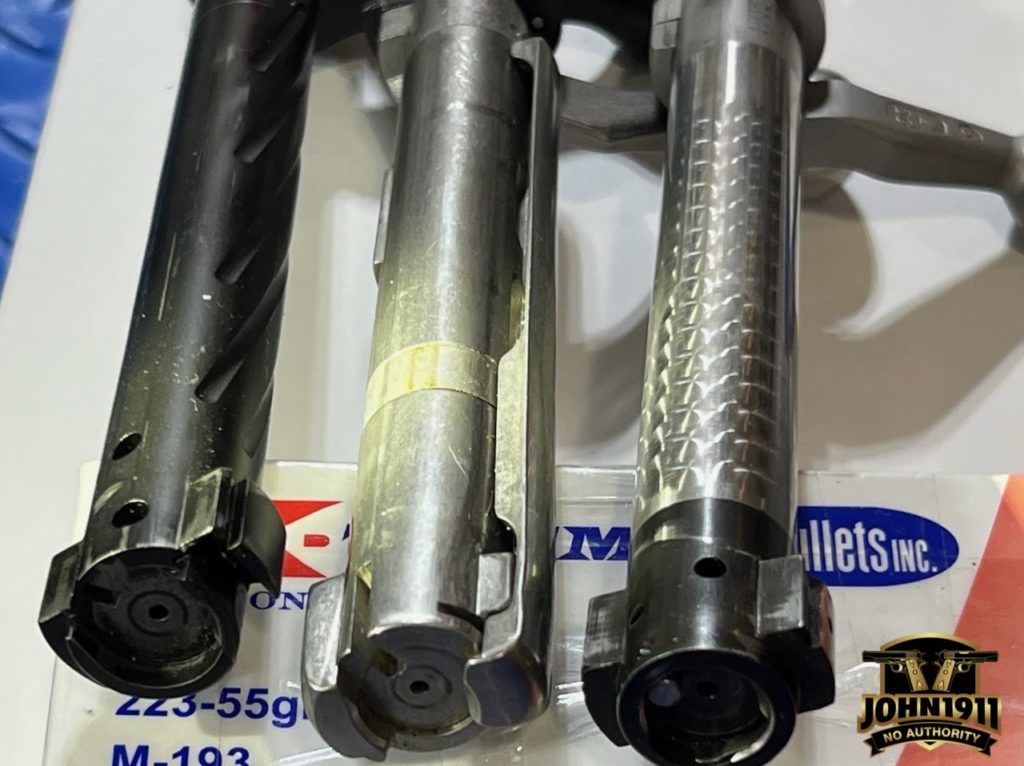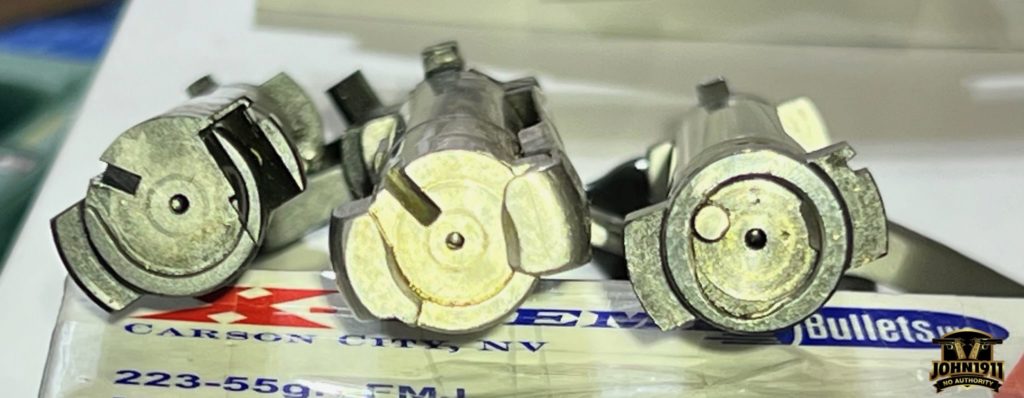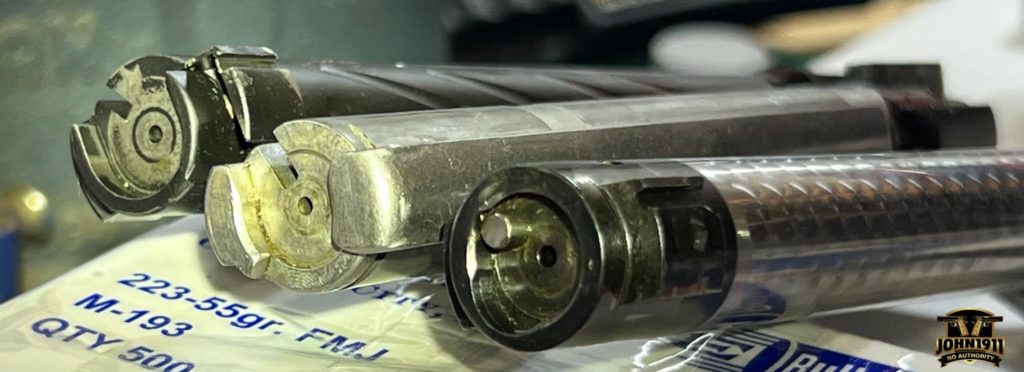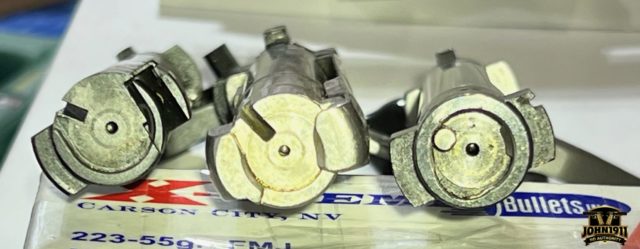Controlled Round Feed vs Push Feed
Pick up any gun magazine from about 1970 through 2000 and there will be a mention of controlled round feed vs push feed. This may be just a sentence or two, up to a full blown pissing contest about which is better. For the purpose of this post, I will attempt to explain the basic differences and not dive off into the seemingly eternal pissing contest.

A CRF bolt basically strips a cartridge from the magazine with the bottom of the bolt face. The cartridge then slides up the bolt face and the rim slides into a solid groove which is the extractor. The round is then “controlled” all the way into battery. Moving the bolt handle reward extracts the casing from the chamber and when pulled far enough, the rim hits a solid pin/bar in the receiver and is pushed out of the extractor and clears the ejection port.
A push feed bolt strips a cartridge from the magazine but does not capture it until the round is fully seated in the chamber. The extractor “pushes” over the rim as it is spring loaded. Upon moving the bolt rearward, the ejector, which is housed in the bolt face and under pressure from a spring, pushes on the casing until the mouth of the cartridge clears the ejection port. Once the casing clears the ejection port, there is nothing to hold the cartridge against the ejector pin.

If there is a bonafide detraction of push feed, it would be in the event of not fully seating a round and allowing the extractor to push over the rim. Retraction of the bolt then would leave a partially chambered round and strip another round out of the magazine, thus causing a double feed. Although I cannot come up with a reasonable scenario as to why this would happen, stress can induce all sorts of issues.
In the picture above, from left to right is an Ed Brown CRF bolt, a Ruger M77 CRF bolt which is more of a Mauser type bolt, and a standard Remington 700 push feed bolt. It is not uncommon to see similar characteristics shared between CRF and push feed bolts, especially when one starts looking at custom bolts. I personally have used both styles in numerous brands and configurations with no issues resultant of type of bolt.

I once read a statement from a famous firearms contributor of a major gun magazine way back when I was crossing the prairie in a Conestoga wagon. I am paraphrasing and unfortunately cannot remember the author, but the point remained stuck in my brain. It went something like, “I will worry about controlled round feed when I am hanging upside down from a tree and being charged by a rhino. Until then, there are much more important characteristics to be concerned with in a bolt action rifle.”
Kraken
www.John1911.com
“Shooting Guns & Having Fun”
- SUPPRESSED PX9 - July 22, 2024
- Early Design SLS Holster - July 1, 2024
- Deer Season “Hushaboom” - June 30, 2024





